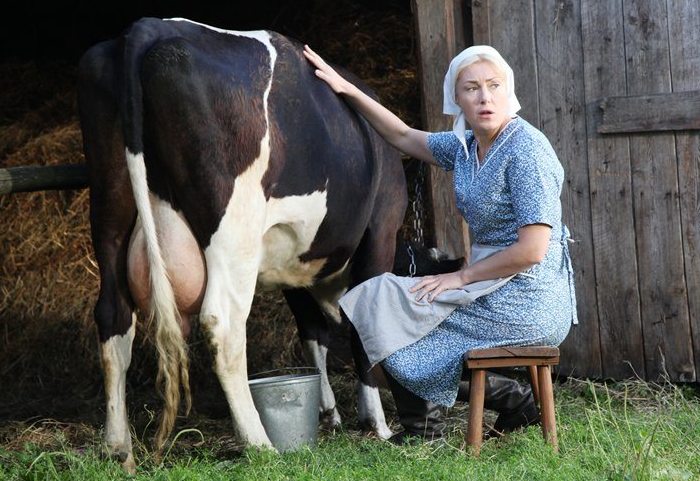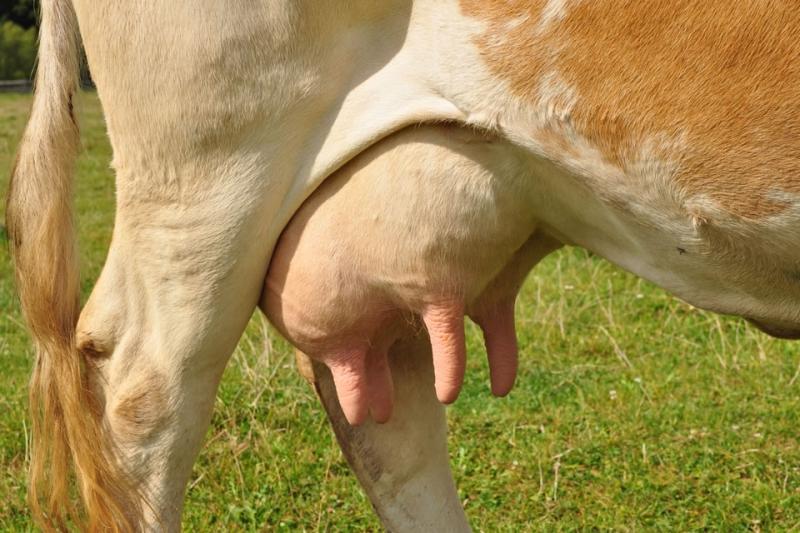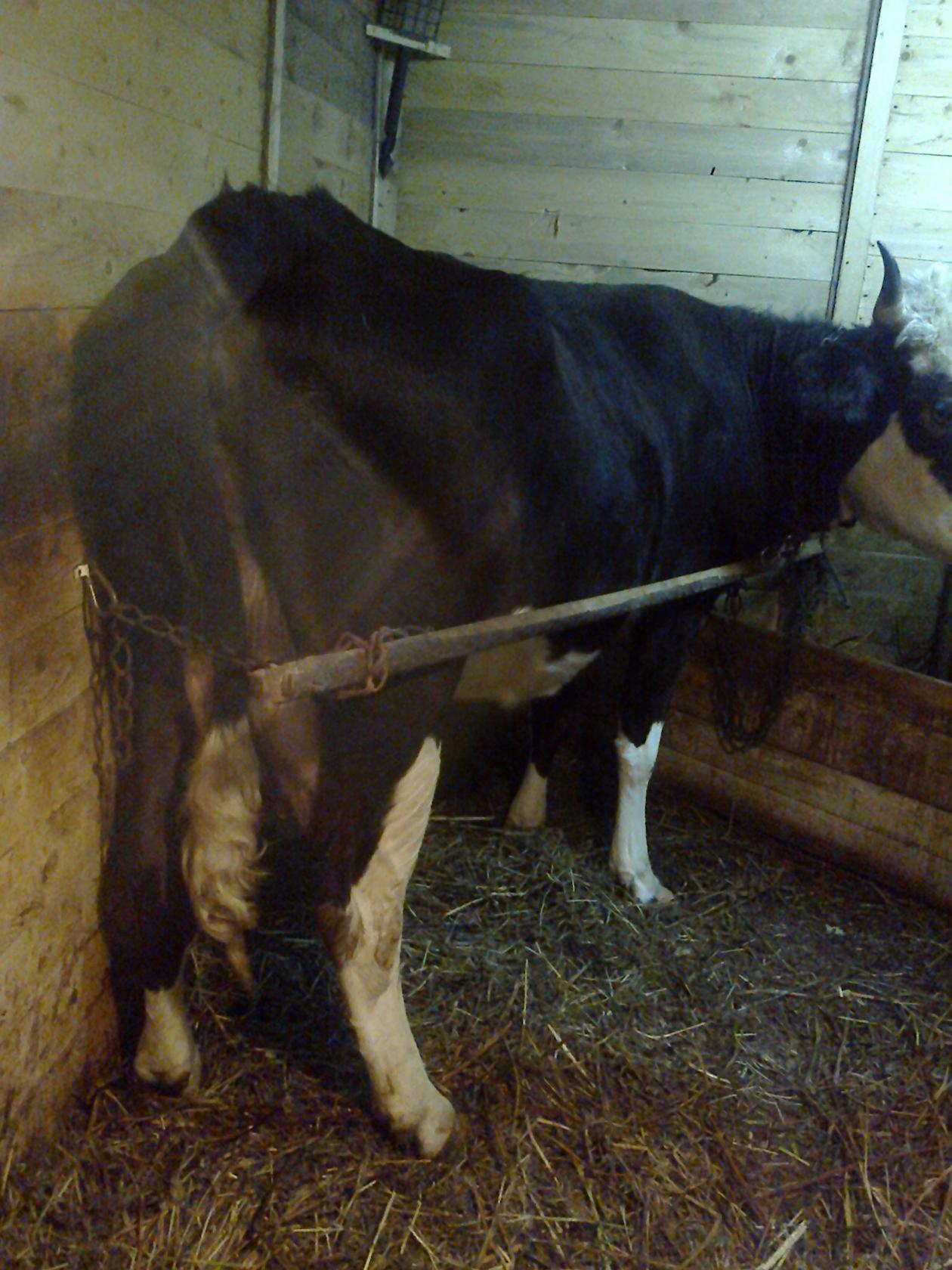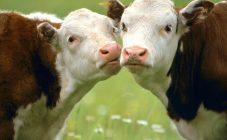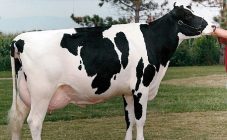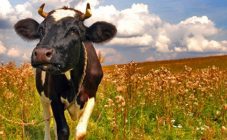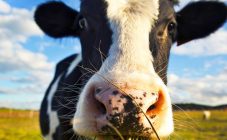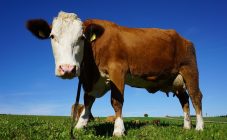Content:
Many housewives complain that their cow beats with its hind legs during milking. Some consider this a manifestation of character, others understand that there are objective reasons that need to be eliminated. Over the years of raising cows in private farms, certain methods have developed that will tell you what to do so that the cow does not kick.
Basic rules for milking
As practice shows, most often a cow can fight during milking if the owners do not follow the rules for such a procedure. Regardless of the type of milking (manual or mechanical), it is important to adhere to the following rules:
- Milk intake mode. Milking should be done at the same time to keep the cow comfortable.
- Compliance with the rules of personal hygiene. Before each milking, you should wash your hands with soap and water; you should wear special clothes and gloves. If there are several cows on the farm, then after milking each gloved hand should be washed with warm water. If one of the animals is sick, then after milking the hands are additionally disinfected.
- Each time, the condition of the udder should be checked before milking, as well as the first portion of milk received.
Observance of such simple measures will help to timely identify the problems of the animal and provide him with assistance.
Main reasons
There is a list of the most common reasons a cow thrashes during milking:
- Nipple injuries that cause pain. When grazing freely, a cow can injure the udder. Sometimes injuries, scrapes and cracks are the result of frostbite or chapping. It turns out that when you touch the nipples, the animal feels pain. Naturally, she seeks to kick the offender.
- Development of mastitis, which also causes udder pain.
- Failure to adhere to milking techniques, which brings discomfort to the cow.
- Fatigue and overwork. The milking process also requires efforts from the animal. A hard day can trigger this behavior during milking.
- Lack of milk collection schedule. If the cow's milking in the morning, lunchtime, evening is carried out at the same time, then the animal is much easier to adapt and get used to any procedures. But if you do not adhere to a certain schedule, then the animal will aggro and kick when trying to touch the udder.
- The presence of extraneous stimuli that frighten the animal during milking. They can be loud noise, too bright lighting, harsh sounds, the presence of strangers.
It is important to prepare and learn how to milk a first-heifer cow that kicks. She has no idea what milking is and how she should behave. Due to the new stressful situation after calving, the animal is nervous and fights.
Ways to solve the problem
Over a long period of raising cows in private and private farms, certain rules and methods have been formed that help to cope with various problems.If a cow beats during milking, experienced veterinarians and breeders will tell you what to do.
What veterinarians advise
If the cow does not allow milk to be milked, experts suggest what to do. Veterinarians recommend initially investigating the cause of her behavior.
Insect bites, hidden injuries, scratches from branches, hidden mastitis can cause pain in the udder. Hematomas and tumors are not always on the surface. It is important to correctly identify the cause and begin treatment immediately.
To relieve the arousal of the animal, you can use sedatives, such as oregano or valerian. Dry collection (30 gr.) Is poured into 0.5 liters of boiling water and left to infuse. Then the resulting mass is filtered and dissolved in a bucket of drinking water. The animal should be given to drink such a decoction in the morning and evening. Such decoctions can affect the taste of milk - it sometimes starts to taste bitter.
To relieve excitability, sedatives (sodium, ammonium, potassium bromides) can be used. These drugs come in the form of a white powder. An adult animal is prescribed 60 grams.
Korvolol can also be added to the drink for calming cows. For every 50 kg of weight, take 1 ml of the product.
Like any animal, a cow loves care and attention. When animals very rarely feel the love of the owner, they behave in a similar way. It is also worth remembering that they have their own character, habits and preferences. When growing and nursing, they should certainly be taken into account.
Binding the legs
A very common solution to the problem, this method is used by many when other options do not help. Every housewife should know how to confuse the legs of a cow when milking correctly. This simple rope attachment will help make milk collection safe for humans.
Legs are tied with a sliding non-tight knot according to the principle of eight. Approaching the animal is best from the front rather than the back. After the cow's legs have been entangled in this way, you can start milking.
Most often 3-4 tying is enough for the animal to get used to the milking procedure. This is one of the options for how to tame a cow for milking.
For some animals, the hind legs are not tied, but the tail is tied to one of them. It also helps to wean the cow from kicking.
Tips from experienced livestock breeders
Most often, when asked what to do if a cow kicks during milking, the answer comes - get rid of the animal, in particular, turn it over for meat. But there are many popular methods that can help, so it is advisable to try them first. only then make such drastic decisions:
- Bright light can irritate the cow, so milking is best done in a dimly lit room.
- Throwing a rag or jacket over the animal's head will help the cow stand more calmly.
- A hungry animal can kick, so you can put food in the feeder, give it water and try to milk it at this time. A treat in the form of a favorite product can also calm the animal. For example, if a cow loves carrots, then one person can treat it to her, the second can milk it at this time.
- If the cow cannot be milked by hand and is constantly kicking and butting, you can try using a milking machine.
As you can see, the process of milking a cow can be accompanied by resistance from the cow.Before radically solving the problem, you should understand the cause of its behavior and eliminate it. There are also many tricks that livestock breeders have used for a long time to cope with the nature of obstinate cows.
